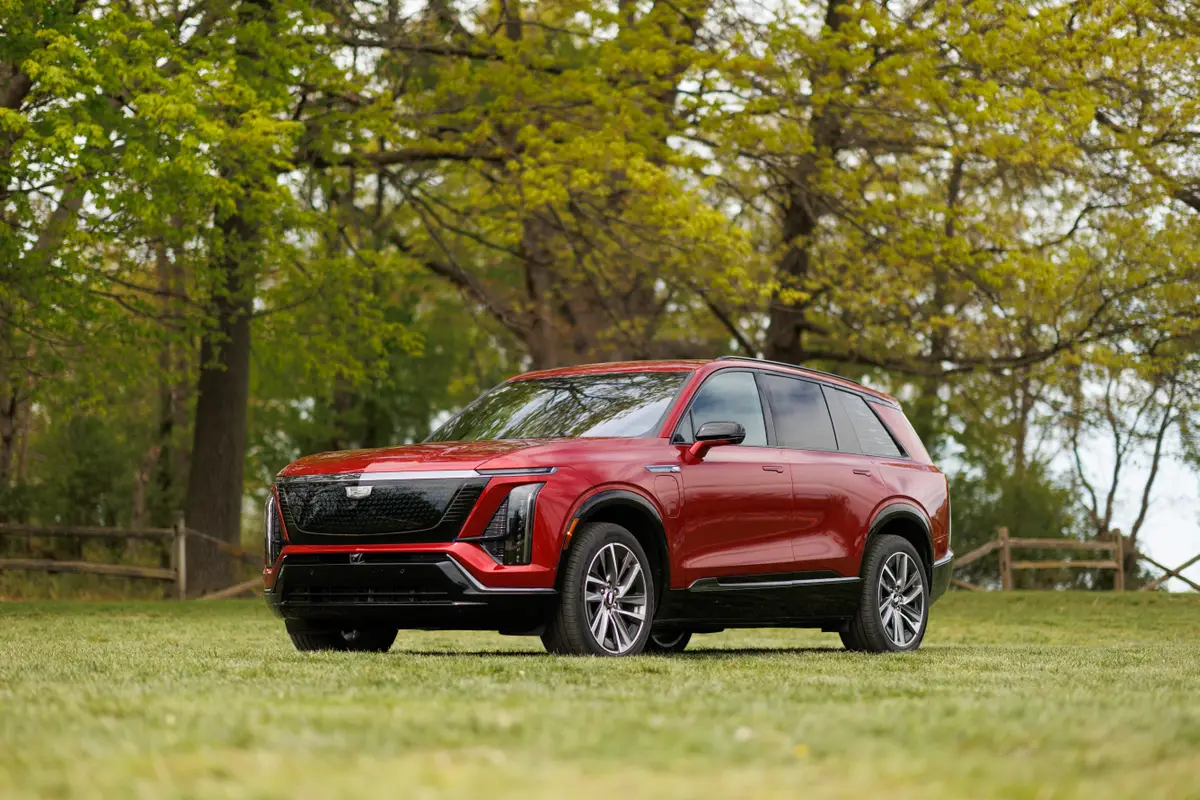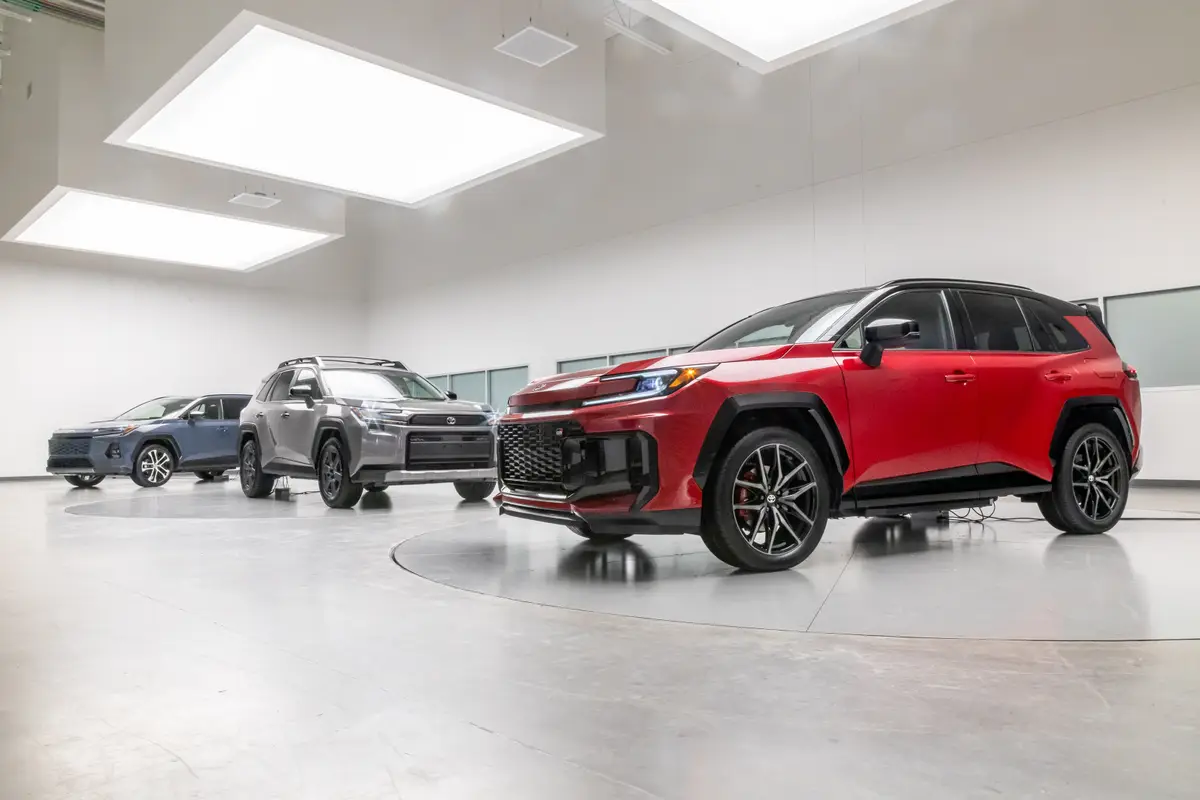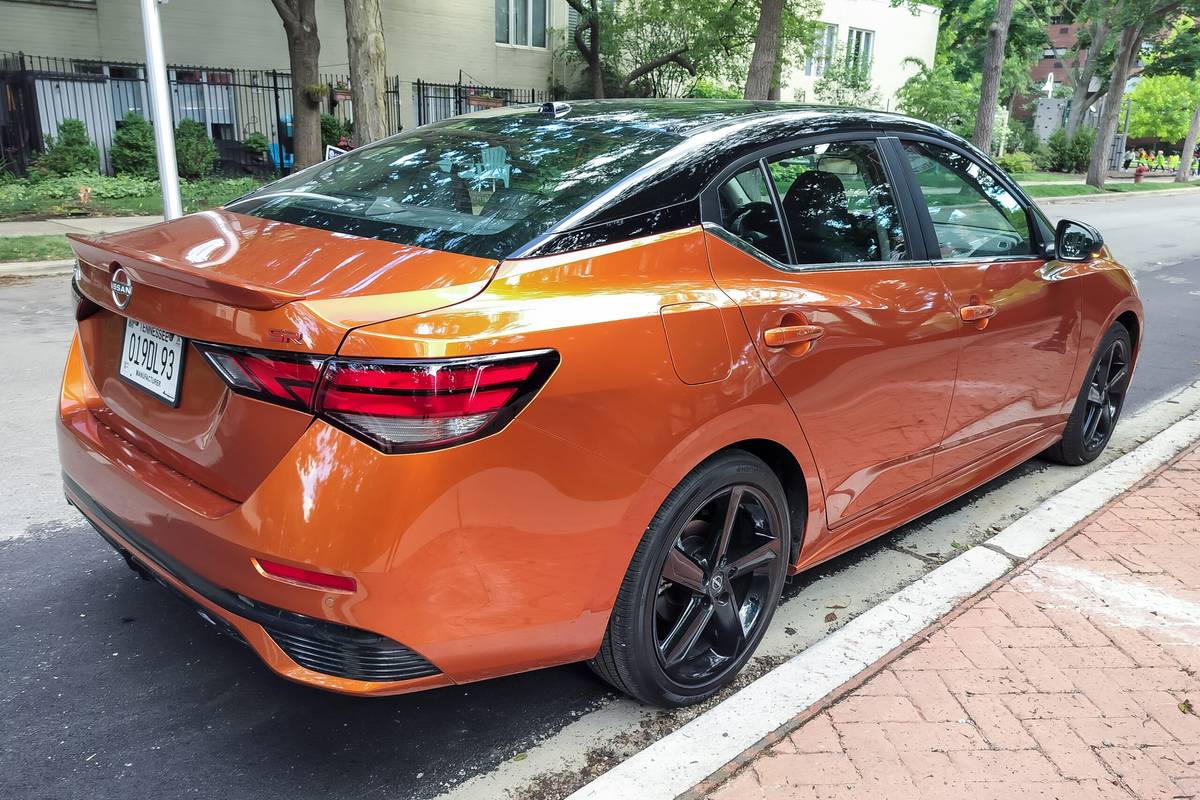2005 Subaru Outback: What's New
Vehicle Overview
At Subaru, the Outback is a quasi-SUV version of the company’s Legacy line. Known as sport utility wagons, these Outback variants feature SUV-like styling cues and higher ground clearance.
Like the Legacy, Outback sedans and wagons have been enlarged a bit for 2005. A turbocharged engine is available for the first time in the 2.5 XT model. Subaru also offers a smaller Outback Sport that is based on the company’s Impreza.
(Skip to details on the: Outback Sport)
Outback sedans come only with a 250-horsepower horizontally opposed six-cylinder. Wagons are offered with the six-cylinder, the new 2.5-liter turbocharged engine and a normally aspirated 2.5-liter four-cylinder. The full wagon lineup consists of the 2.5 i, 2.5 i Limited, 2.5 XT, 2.5 XT Limited, 3.0 R L.L.Bean Edition and 3.0 R VDC Limited.
For 2005, the engine sits at a lower position in the chassis. Ground clearance has increased to 8.4 or 8.7 inches, depending on the model. Towing capacity has grown to 2,700 pounds in vehicles with the four-cylinder and 3,000 pounds in models with the six-cylinder. The Outback 3.0 R includes a tire-pressure monitor.
Subaru offers three combinations of transmission and all-wheel-drive system: the five-speed automatic works with Variable Torque Distribution all-wheel drive; the four-speed automatic teams with active all-wheel drive; and manual-shift models use continuous all-wheel drive. Models with Vehicle Dynamics Control include a limited-slip differential. The five-speed automatic operates adaptively, and sudden throttle application yields a positive downshift.
Exterior
The 2005 Outback looks sleeker than its predecessor, but most changes are technical modifications. The car’s dimensions have increased slightly. Using aluminum on the hood and tailgate (on wagon models) helps reduce weight by as much as 180 pounds. Torsional rigidity and bending stiffness are modestly better.
The Outback’s track width has increased by an inch. The 2.5 XT has a functional hood scoop and a dual exhaust system. A power moonroof is available. The 2.5 XT and 3.0 R models have 17-inch wheels, but other models use 16-inch wheels.
Interior
Like the Legacy series, each Outback model seats five occupants. Wagon models feature a 60/40-split, folding rear seatback. Standard equipment in the 2.5 i includes an eight-way power driver’s seat and remote keyless entry with a security system. Limited models feature leather-trimmed upholstery, an in-dash six-CD changer, dual-zone automatic climate control, and heated front seats and mirrors.
Under the Hood
All Subaru engines have a horizontally opposed, or flat, cylinder configuration. In 3.0 R models, a 3.0-liter six-cylinder produces 250 hp and 219 pounds-feet of torque. A turbocharged four-cylinder in the 2.5 XT yields 250 hp and 250 pounds-feet of torque. Regular 2.5 i wagons get a normally aspirated 168-hp four-cylinder. A five-speed-manual gearbox is standard in all but the 3.0 R models, which have a standard five-speed-automatic transmission with a manual-shifting provision. This transmission is optional for the 2.5 XT. A four-speed automatic is optional for the 2.5 i.
Safety
Side-impact and side curtain-type airbags and active front-seat head restraints are standard. Four-wheel disc antilock brakes with electronic brake-force distribution are also standard.
Driving Impressions
With its all-wheel-drive lineup, Subaru occupies a unique niche in the passenger-car market. Outback sedans and wagons are easy to drive and have extra advantages over the Legacy for driving on less-than-perfect roads. These cars make a satisfying alternative to a sport utility vehicle.
Performance in the turbocharged Outback 2.5 XT is largely the same as an equivalent Legacy. But at higher altitudes, the Outback exhibited considerable turbo “lag” when passing or merging. Acceleration from a standstill is reasonably quick; but at higher speeds, pushing the gas pedal to the floor under certain conditions may momentarily produce no response at all.
The six-cylinder 3.0 R, also tested at higher altitude, was lacking in response when accelerating at higher speeds. At lower altitudes, performance will likely be more impressive. The six-cylinder engine is more refined than the turbocharged four-cylinder; it’s a more appealing vehicle in terms of drivability.
Like the Legacy, the Outback rides smoothly on good surfaces. The ride can be a bit rough as the pavement becomes harsh.
Outback Sport
Like the Legacy-based Outback, the Impreza-based Outback Sport features SUV-like styling cues. The Outback Sport is available only in wagon form and is powered by a 165-hp, 2.5-liter horizontally opposed four-cylinder that teams with a standard five-speed manual or optional four-speed automatic. The Outback Sport was face-lifted for 2004 with revisions to the hood, front fenders, headlights, grille, bumpers and taillights. All-wheel drive is standard. A new Special Edition for 2005 features a rear spoiler and interior comfort enhancements, and the Outback Sport’s engine gains electronic throttle control. Back to top
Featured stories

2026 Cadillac Vistiq Review: Luxuriously Normal



